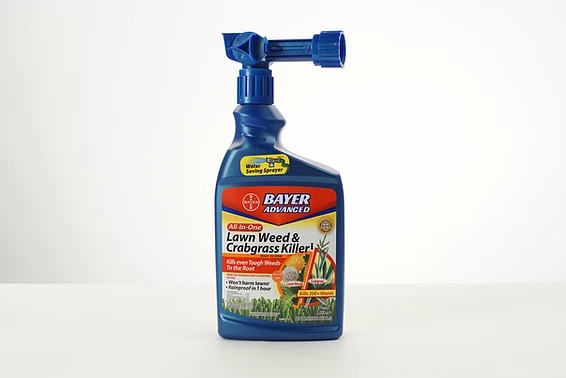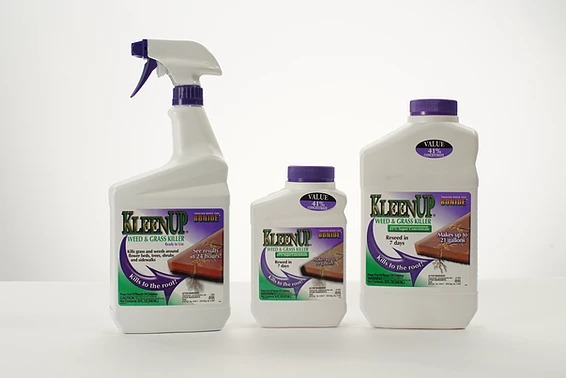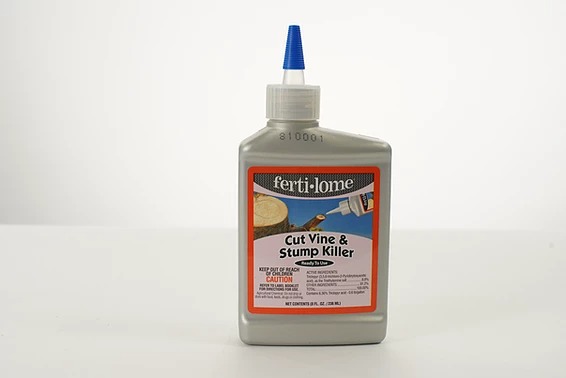Yikes! Just the word “Bindweed” will make many Front Range gardeners break out in cold sweats. Bindweed is so tough to eliminate because of its extensive root system and vine-y growing habit. Pre-emergents usually aren’t very effective and neither is hand pulling. Because of this, usually the best way to eliminate bindweed is repeated, judicious applications of systemic herbicides to kill the entire root network.
In the Lawn

If you have bindweed in the lawn, one of the very best weed controls out there is Bayer’s All In One Lawn Weed and Crabgrass Killer. It lists bindweed on its label and the new formulations contain a special weed killer called Quinclorac, which is recommended by CSU Extension Office for control of bindweed. It will kill any broadleaf weeds – including bindweed – but will not harm your lawn grass.
Combining carefully applied weed killers with good lawn maintenance is the best way to get rid of bindweed in the lawn. Like all weeds, bindweed is an opportunist and doesn’t like to compete with healthy plants. As your lawn gets thicker and fuller, it will naturally start to push out weeds. Keep mowing and watering your lawn regularly to keep it healthy. You can also apply an organic lawn food like Colorado’s Choice WaterSaver to help build up your lawn’s root system and help it absorb more water and nutrients.
In Hardscapes

If bindweed is growing in your hardscapes – in rocks, around the driveway, in pavers or bark – you can get a bit more aggressive and use something like Kleen-Up by Bonide. This is a non-selective herbicide that will kill anything green it touches, so only use this where you don’t have any desirable plants.
In Flower Beds

Bindweed is at its most diabolical when it slithers its way through your flower beds or vegetable garden. When you want to eliminate the bindweed, but keep your desirable plants safe, you can use Stump and Vine Killer from Fertilome. Just snip off the end of one of the bindweed vines and apply Stump and Vine Killer to the fresh cut. It will systemically travel through the weed and kill it to the root without contacting any of your garden plants.
Whichever method you choose, be sure to read and follow all the instructions on the label. For best results, use these weed killers during warm weather when the young weeds are actively growing. Keep in mind that with bindweed, anything you use will probably take multiple applications to work completely. Sometimes, it can even take more than one season if the problem is big enough. But the monster can be slain with the right amount of perseverance, so take heart and keep at it!

